The art of tiling in Iran, the shining jewel of the architecture and identity of this land, has decorated mosques, palaces, historical buildings and houses with its original patterns and colors and given them a unique effect since thousands of years ago. Preservation and revival of this original art is an undeniable necessity to protect the national identity and transfer this valuable treasure to future generations.

The importance of preserving the art of tiling:
Tourist attraction: Tiling is one of the most important tourist attractions in Iran and plays a significant role in attracting domestic and foreign tourists. Preservation and restoration of these works will help the prosperity of the tourism industry and create employment in this field.
National identity: Iranian tile work is an inseparable element of our national identity and its preservation helps to strengthen the sense of patriotism and national pride among Iranians.
Industry and employment: The art of tiling is a living and dynamic industry in which many people work. Preservation and revival of this art will help the prosperity of this industry and create employment for artists and artisans in this field.
Challenges to preserve the art of tiling:
Lack of comprehensive planning: Unfortunately, there is no codified and comprehensive planning to preserve and revive the art of tile making in Iran. This has caused many valuable works of this art to be exposed to destruction and erosion.
Lack of funds: allocating sufficient funds for the restoration and reconstruction of tiling works is one of the most important challenges facing this art.
Lack of expert staff: The lack of expert staff in the field of restoration and restoration of tiling works is another problem in this field.
Inattention of some officials: Unfortunately, some officials do not pay enough attention to the importance of preserving the art of tiling, and this has caused many works of this art to be abandoned without any support.

Solutions for preserving the art of tiling:
Comprehensive planning: Developing a comprehensive plan to preserve and revive the art of tiling, considering all aspects of this issue, is the first step in this direction.
Allocation of funds: Allocation of sufficient funds for the restoration and reconstruction of tiling works is one of the necessary measures to preserve this art.
Specialist education and training: It is necessary to train specialist staff in the field of restoration and reconstruction of tiling works, through holding training courses and specialized workshops.
Supporting artists: Supporting artists active in the field of tile work, through buying their works and holding festivals and exhibitions, can help preserve and prosper this art.
Increasing public awareness: It is necessary to increase public awareness of the importance of the art of tiling and attract people’s participation in preserving this art, through holding cultural and educational programs.
In recent years, measures have been taken to preserve and revive the art of tiling in Iran. Among these measures, the following can be mentioned:
Formation of the Cultural Heritage, Handicrafts and Tourism Organization: This organization is responsible for the protection and preservation of historical and cultural monuments, including tile works.

National registration of some works of tile work: A number of valuable works of tile work in Iran have been registered in the list of national works.
Restoration and restoration of some tiling works: In recent years, restoration and restoration of some tiling works have been done in Iran.
Holding festivals and exhibitions: Every year, festivals and exhibitions focusing on the art of tile work are held in Iran.
The role of Iranian tiles in interior design: a journey in the heart of history and art:
Iranian tiles, dating back thousands of years, have always been known as one of the main pillars in Iranian architecture and interior design. This original art, with its original patterns and colors, warms the houses and gives them a unique effect. In today’s world, where architecture and interior decoration have undergone significant changes, Iranian tiles still retain their place and are used as decorative and functional elements.

Iranian tile, beyond beauty:
The role of Iranian tiles in interior design goes beyond the appearance of beauty. This original art brings identity and history to homes and creates a sense of belonging to Iran’s rich cultural heritage in residents. The elegance and precision in the creation of each piece of tile shows the taste and art of Iranians throughout history, and using them in interior design means preserving this valuable art and passing it on to future generations.
Unique variety in design and color:
Iranian tiles are produced in different designs, colors and dimensions, which allows interior designers to use them in different spaces and with different styles. From traditional Slimi and Khatai designs to modern and fantasy designs, Iranian tiles offer a suitable design for every taste.
Applications of Iranian tiles in interior design:
Flooring: Iranian tiles, especially seven-color and mosaic tiles, are among the most beautiful and durable flooring for different areas of the home, including reception, kitchen, bathroom, and toilet.
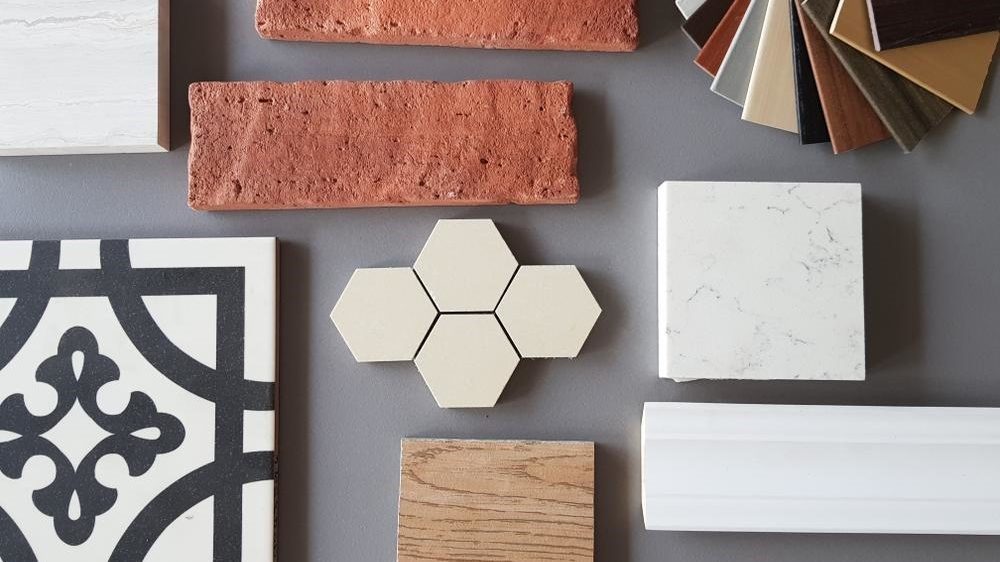
Wallcovering: Using Iranian tiles on the walls, especially in spaces such as the kitchen, bathroom, washroom and between the cabinets, can give an eye-catching effect to the interior decoration of the home.
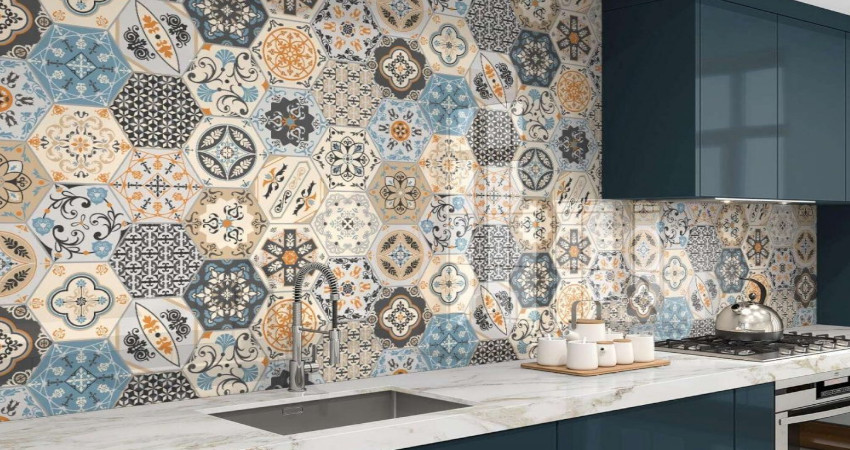
Ceiling: The use of Iranian tiles on the ceiling, especially in spaces such as corridors, halls and receptions, can create a luxurious and magnificent atmosphere.
Decorations: Iranian tiles, alone or together with other decorative elements, such as mirrors, photo frames and paintings, can be used to beautify different spaces of the home.
Tips for choosing Iranian tiles:
Choosing the right design and color: The design and color of the tile should be in harmony with the interior decoration style of the home and people’s taste.
Choosing the right size: The size of the tile should be chosen according to the area of the space and the type of use.
Attention to quality: Iranian tiles must be of high quality to be resistant to impact, wear and chemicals.
Coordination with other elements: Tiles should be in harmony with other elements of home interior decoration, such as furniture, curtains and carpets.

Iranian tiles, adorning Iranian houses:
The use of Iranian tiles in interior design not only adds to the beauty of the houses, but also creates a sense of belonging to the rich history and culture of Iran in the residents. By choosing the right design and color, you can use Iranian tiles in different areas of your home and create a warm, intimate and unique atmosphere.
Advantages of using Iranian tiles in interior design:
As mentioned in the previous section, Iranian tile has several advantages that make it an ideal choice for interior design. Below are some of these benefits in brief:
Appearance advantages:
Beauty and variety of design and color: Iranian tiles are produced in a variety of designs and colors, and this allows interior designers to use them in different spaces and with different styles.
Creating a warm and friendly atmosphere: Using Iranian tiles, especially traditional tiles, in interior design can create a warm, friendly and pleasant atmosphere.
Increasing the sense of luxury and splendor: using exquisite and luxurious Iranian tiles, such as the mosaic and seven-color tiles, can instill a sense of luxury and splendor into the space.
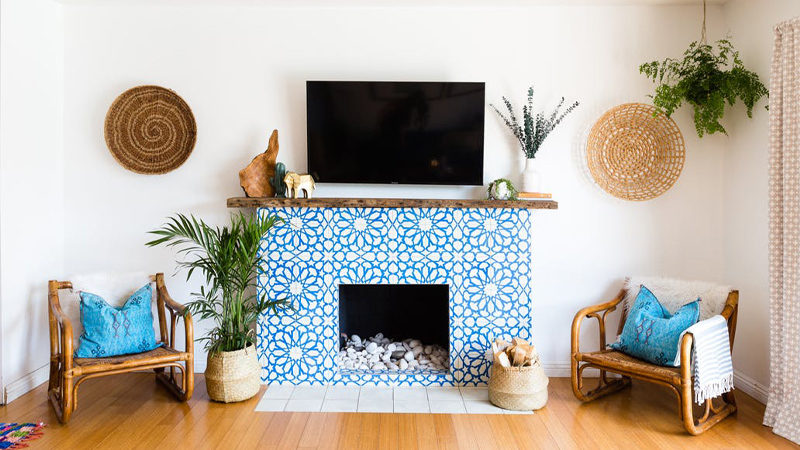
Practical advantages:
High resistance and longevity: Iranian tiles are among the most durable building materials and can remain for years without changing color and shape.
Washable: Iranian tiles are easily washable, which makes them an ideal choice for spaces such as kitchens, bathrooms, and toilets.
Hygiene: The tiles have smooth and impermeable surfaces, and this prevents the growth of germs and bacteria in them.
Resistance to heat and fire: Iranian tiles are resistant to heat and fire and can be used in spaces such as fireplaces and kitchens.
Sound and moisture insulation: some types of tiles can be partially sound and moisture insulation.
Economic benefits:
Variation in price: Iranian tiles are available in a wide range of prices, and this allows you to choose the right tile according to your budget.
Economic efficiency in the long term: due to the long-life span and the need for low replacement, Iranian tiles are economical in the long term.
Supporting the domestic industry: the use of Iranian tiles is beneficial to national production and employment in the country.
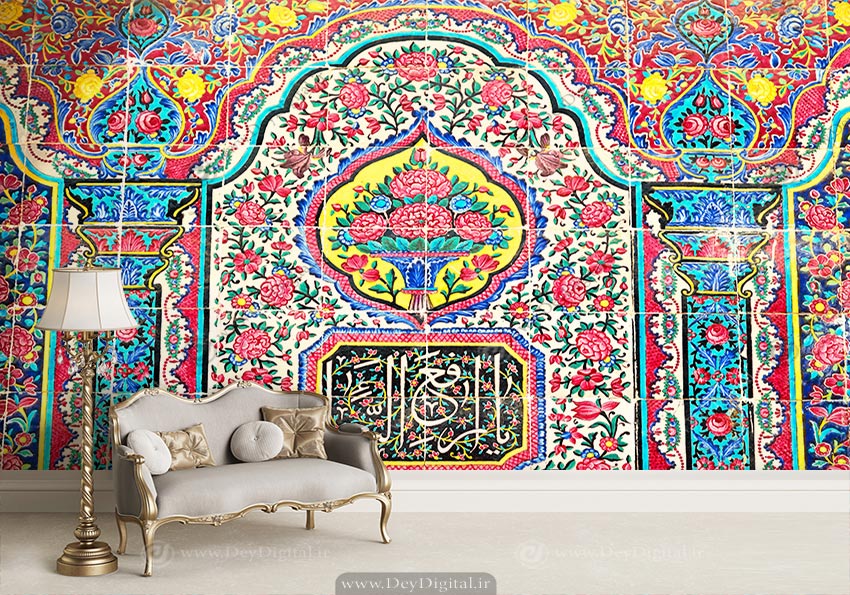
Finally, choosing Iranian tiles for interior design not only adds to the beauty of your home, but also brings many advantages, including high resistance, ease of cleaning, hygiene and economic efficiency.
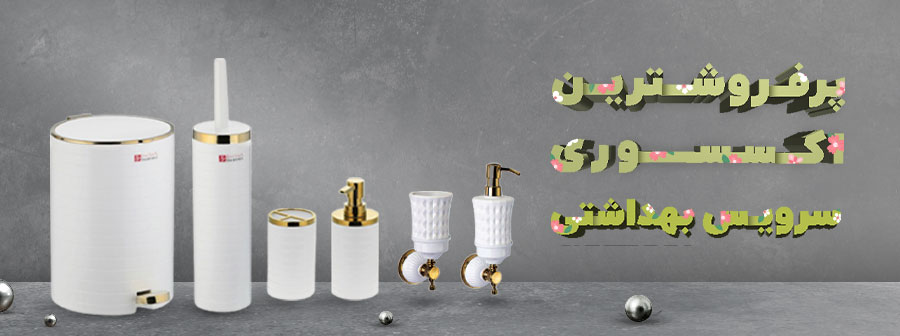
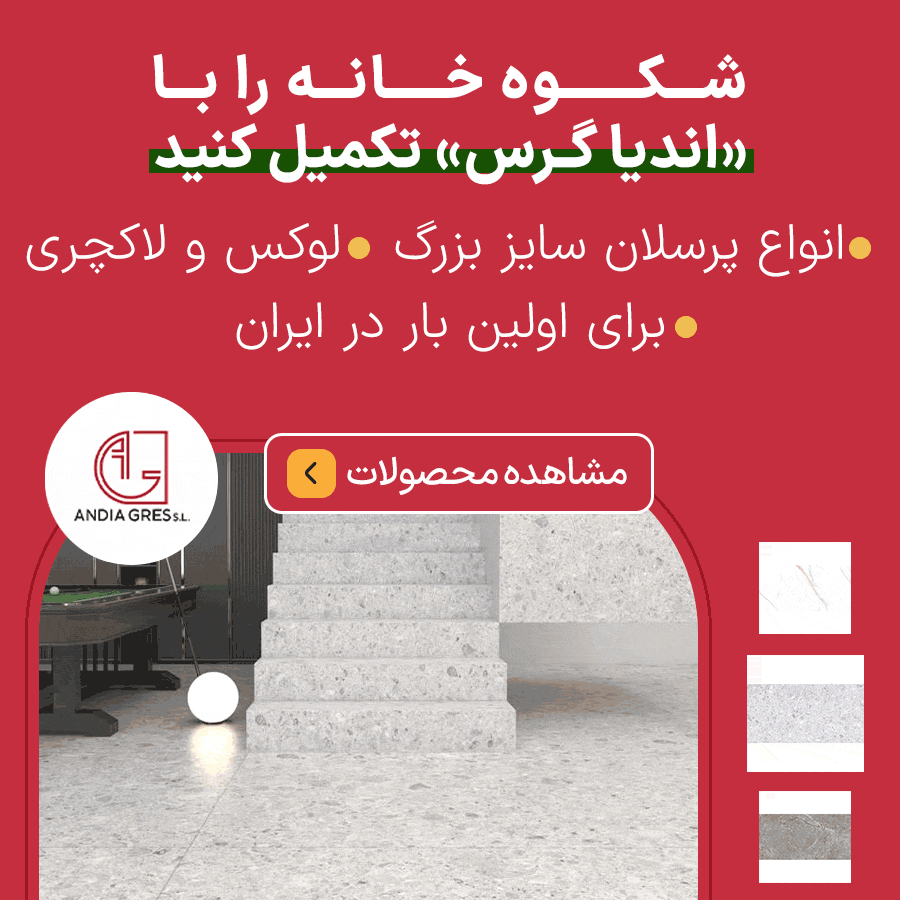
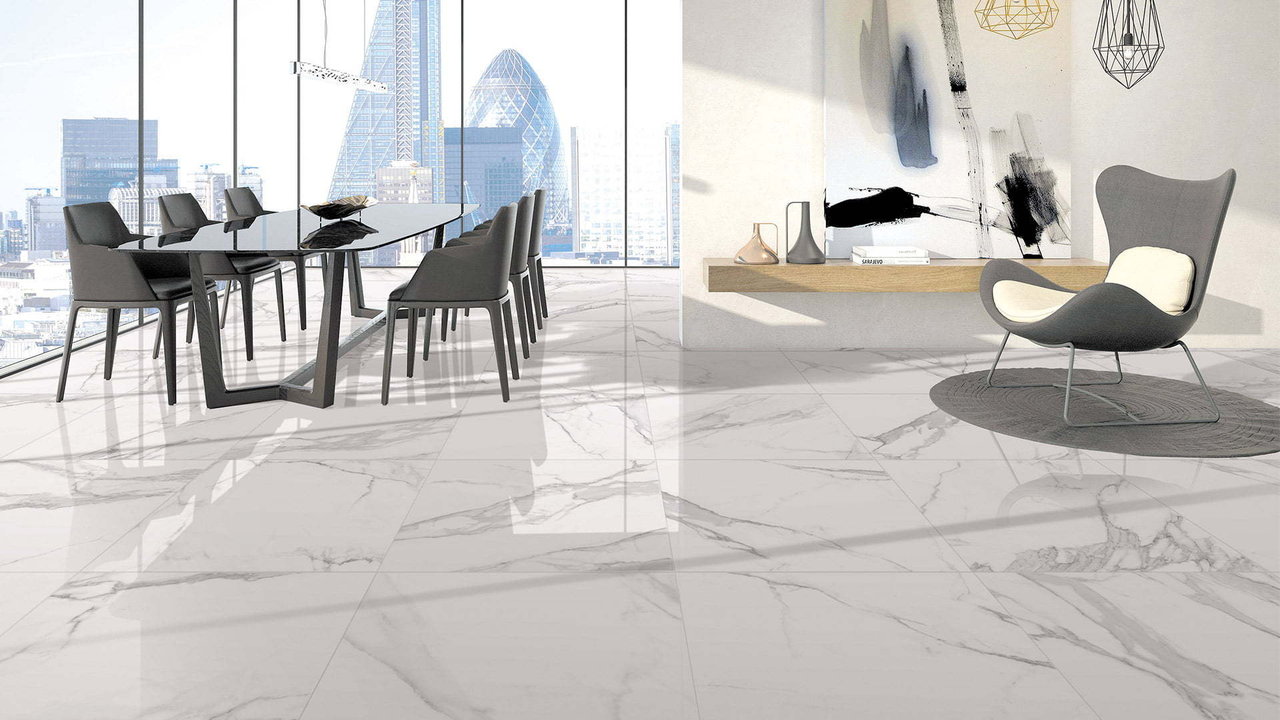

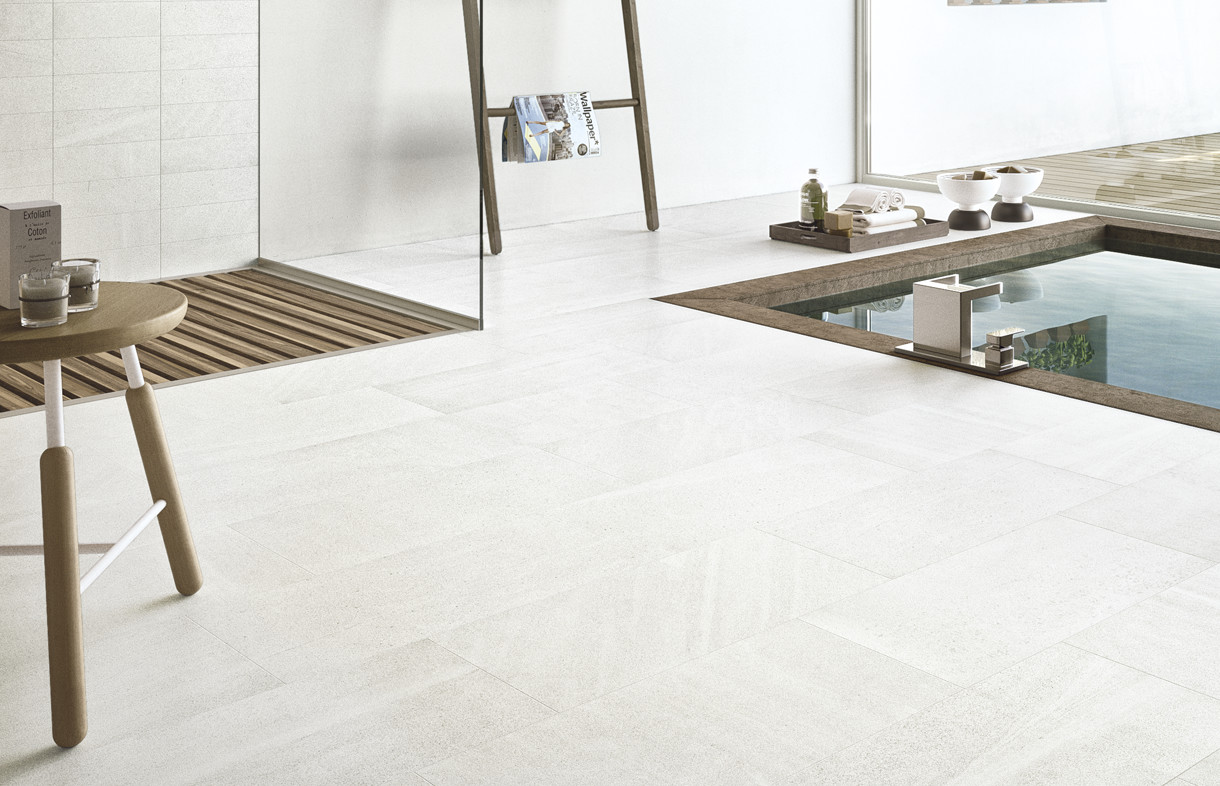

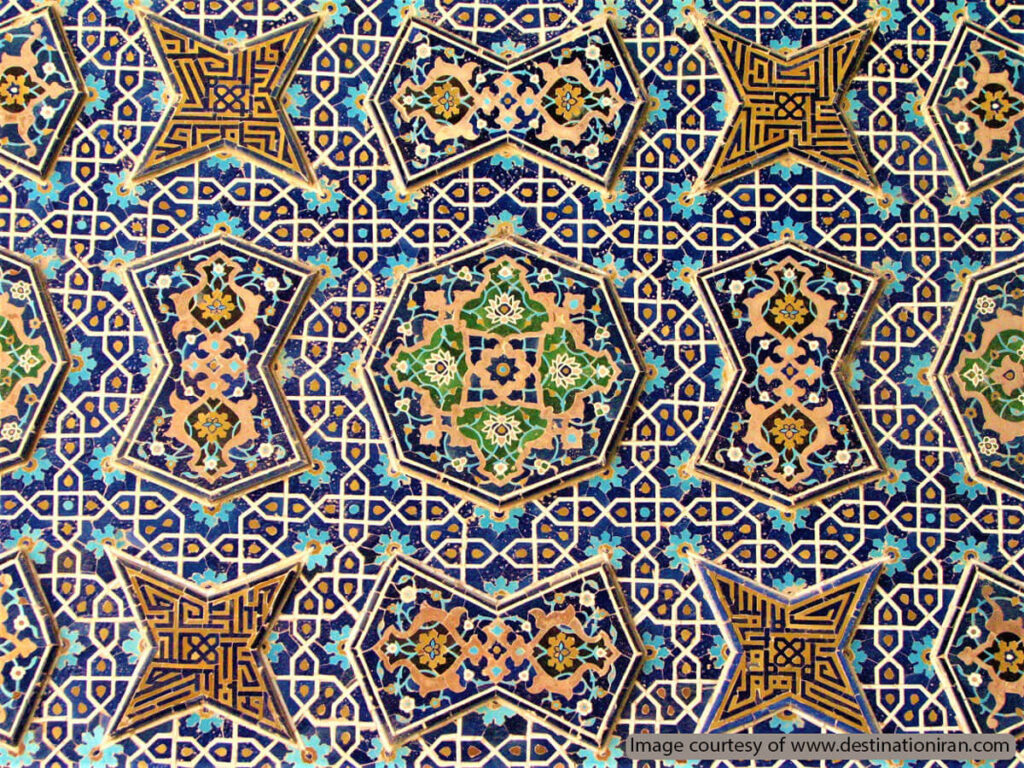
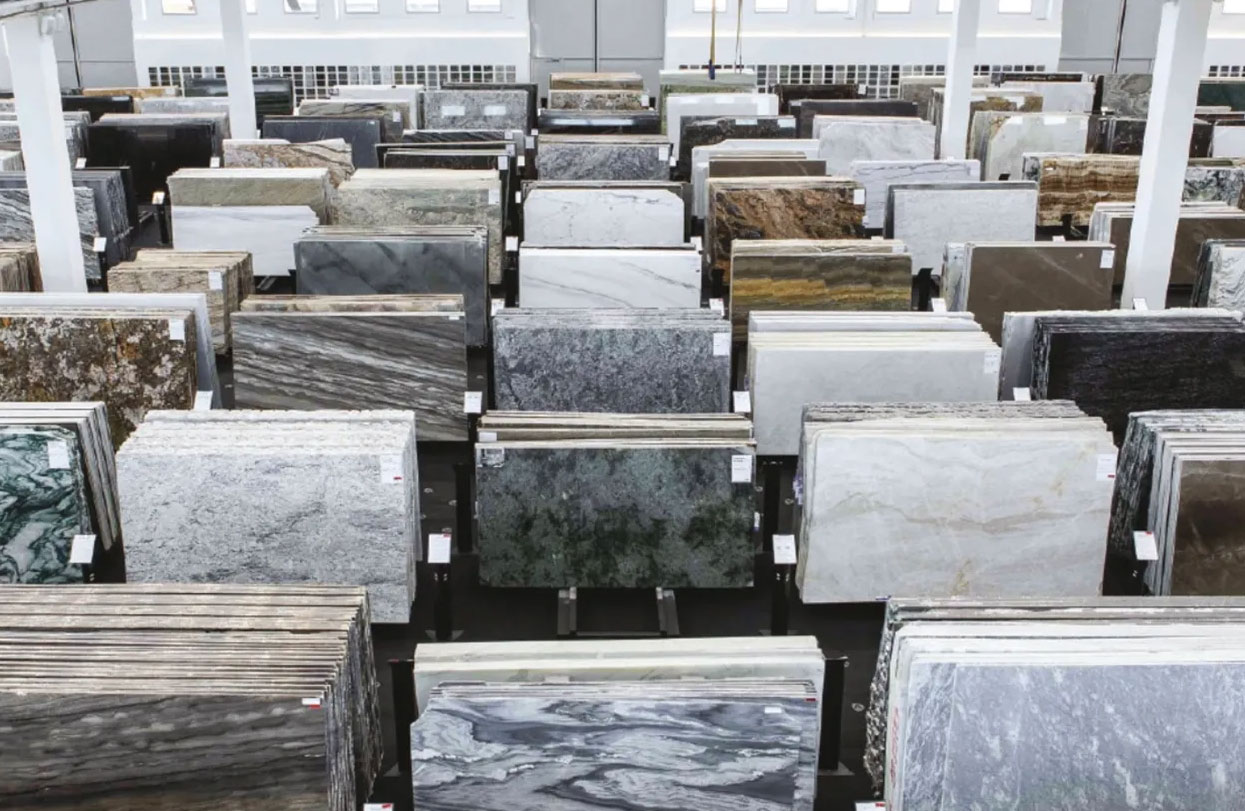




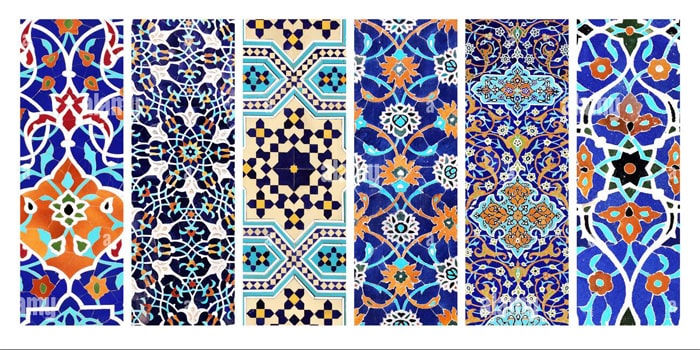
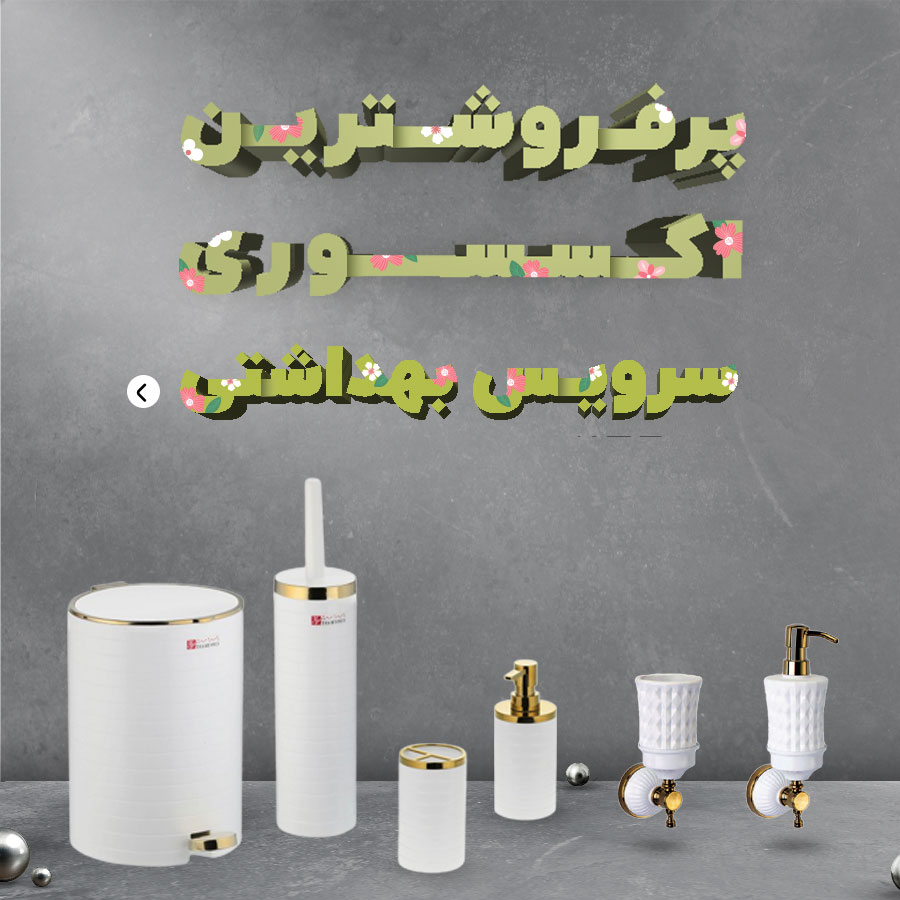

نظرات ۰